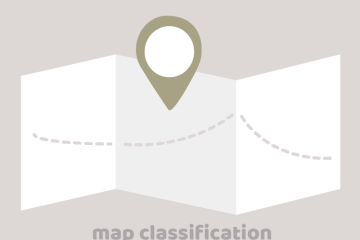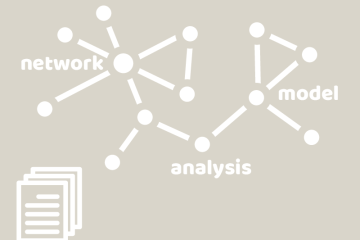Digital Library
Venue Relevance Finder (2021)
Abstract We present a novel tool that finds the re Read more…
Multimedia
Map Image Classification (2020)
Abstract Map images have been published around the Read more…
Multimedia
Emoji Sentiment Lexicon (2017)
Abstract Emojis have been frequently used to expre Read more…
Multimedia
Image Sentiment Analysis (2016)
Abstract We propose a novel approach that exploits Read more…





